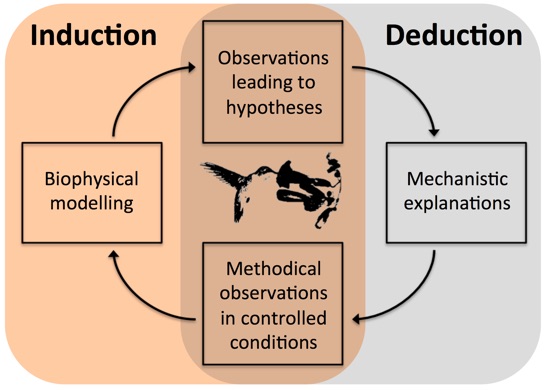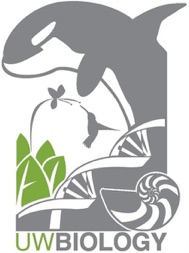Alejandro Rico-Guevara
I am an evolutionary biologist using nectar-feeding birds as a study model to bridge the gap between our knowledge of ecological and coevolutionary patterns and their underlying mechanisms.
A central challenge of biological studies is to describe the link between the underlying mechanisms (e.g. organismal morphology) and the emergent phenomena (e.g. performance, ecological patterns) seen in nature. To meet this challenge, it is necessary to identify and quantify the causal link between variation in traits and performance capabilities of their possessors. Having this information allows us to address the relationships between these performance capabilities and the realized patterns of resource use, and thus their ecological and evolutionary implications.
between these performance capabilities and the realized patterns of resource use, and thus their ecological and evolutionary implications.

In this sense, nectarivorous birds (e.g. hummingbirds) stand out as ideal study organisms because scientists have studied the details of their ecological and evolutionary patterns for many years. The way in which they feed on nectar (their efficiency, preferences and limits) will determine their peaks and ranges of maximal performance on several environmental axes. For this reason, increasing our knowledge of the nectar feeding mechanics will have profound implications for understanding the ecology and evolution of nectarivores.
Photographing an echidna. Tasmania, Australia

Alejandro Rico-Guevara, Ph.D.
Walt Halperin Endowed Professor of Biology
WRF Distinguished Investigator
University of Washington, Seattle
Website design by Kristiina Hurme, 2014.



